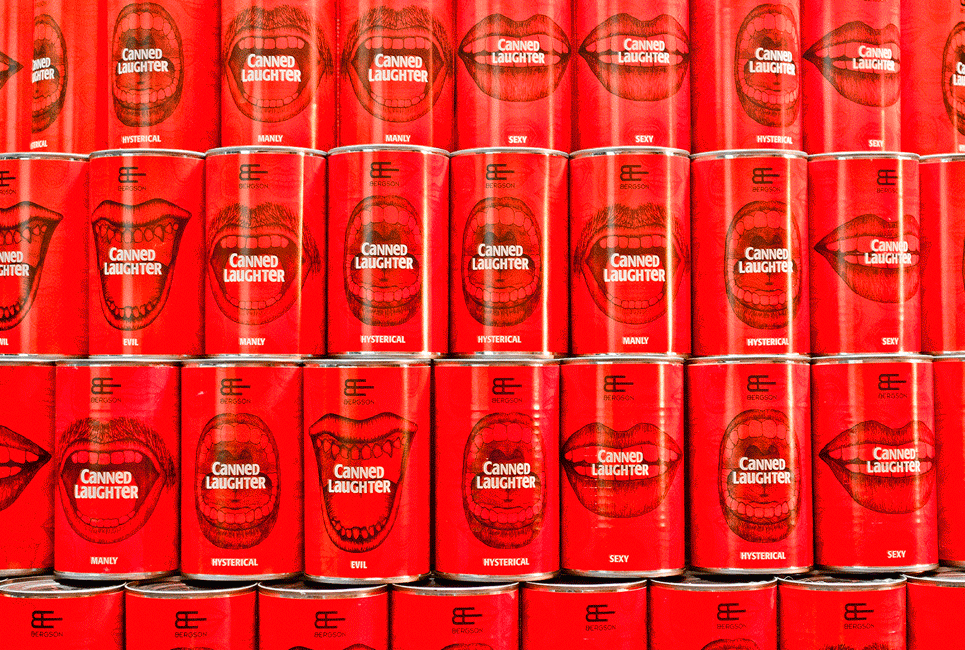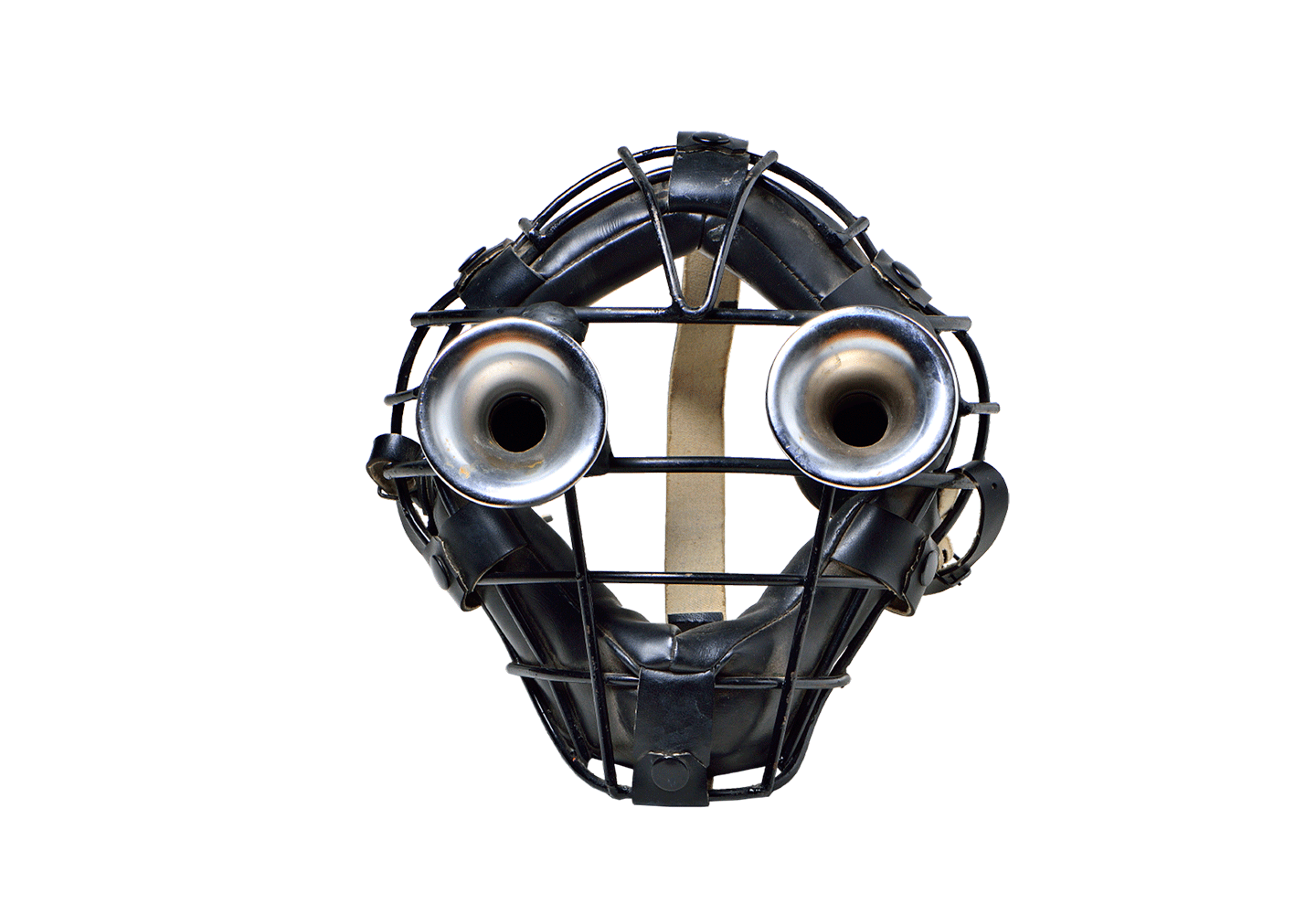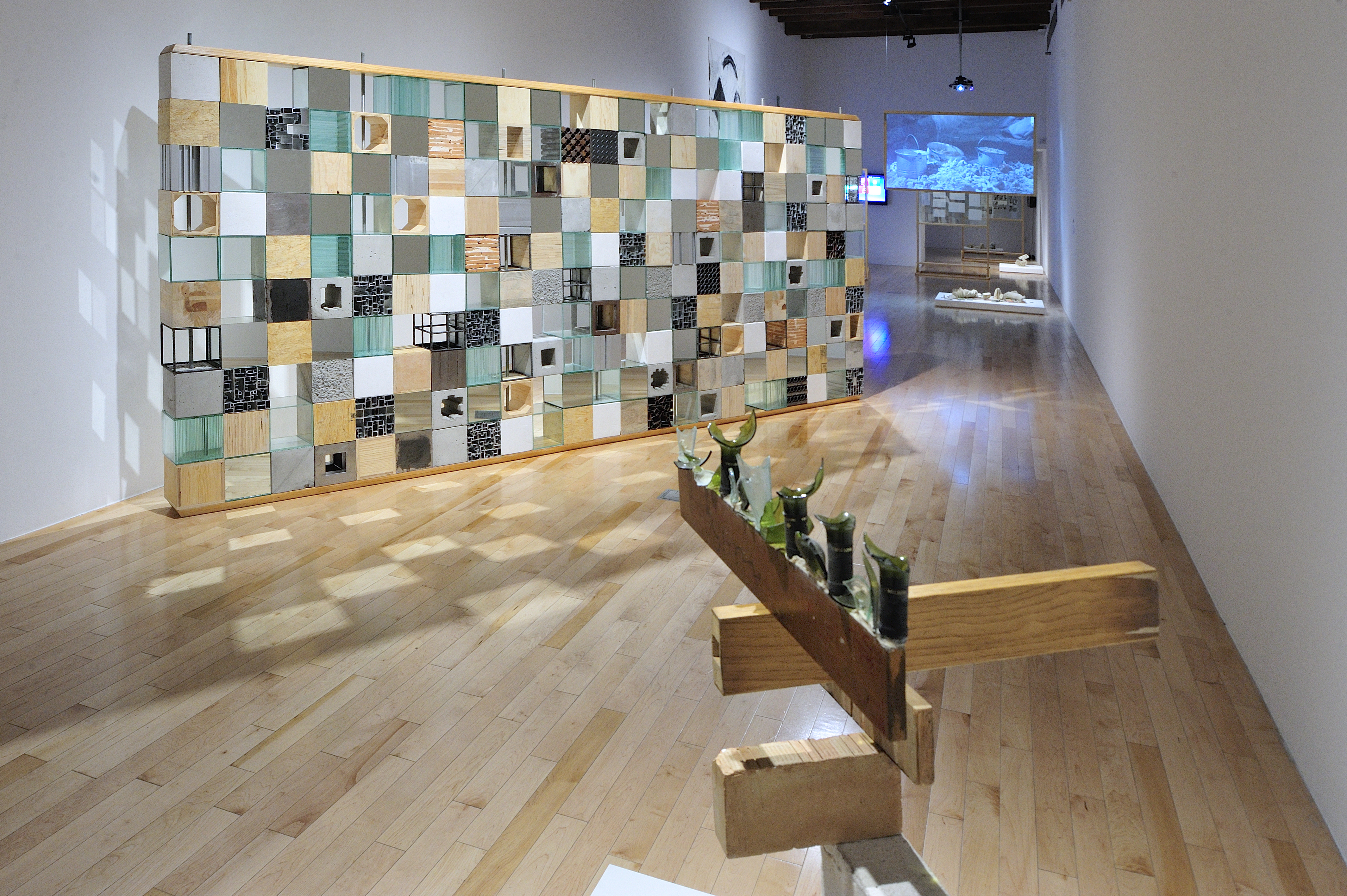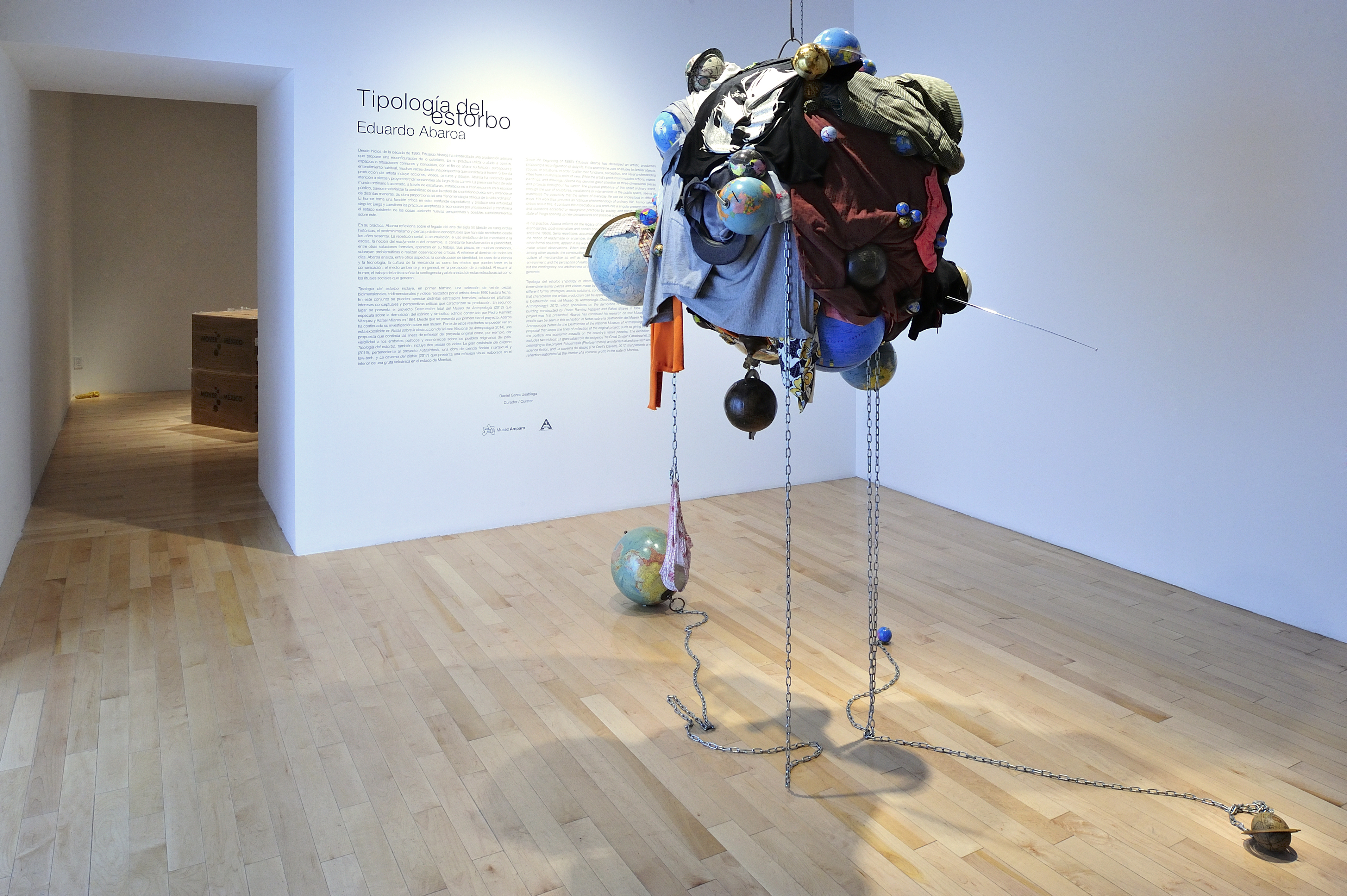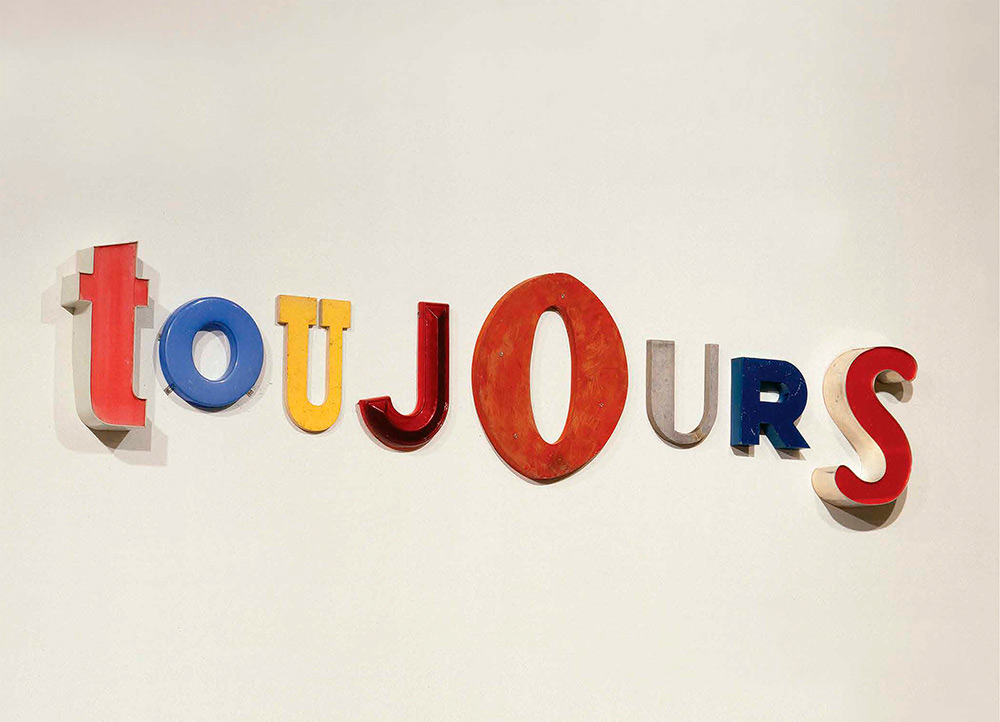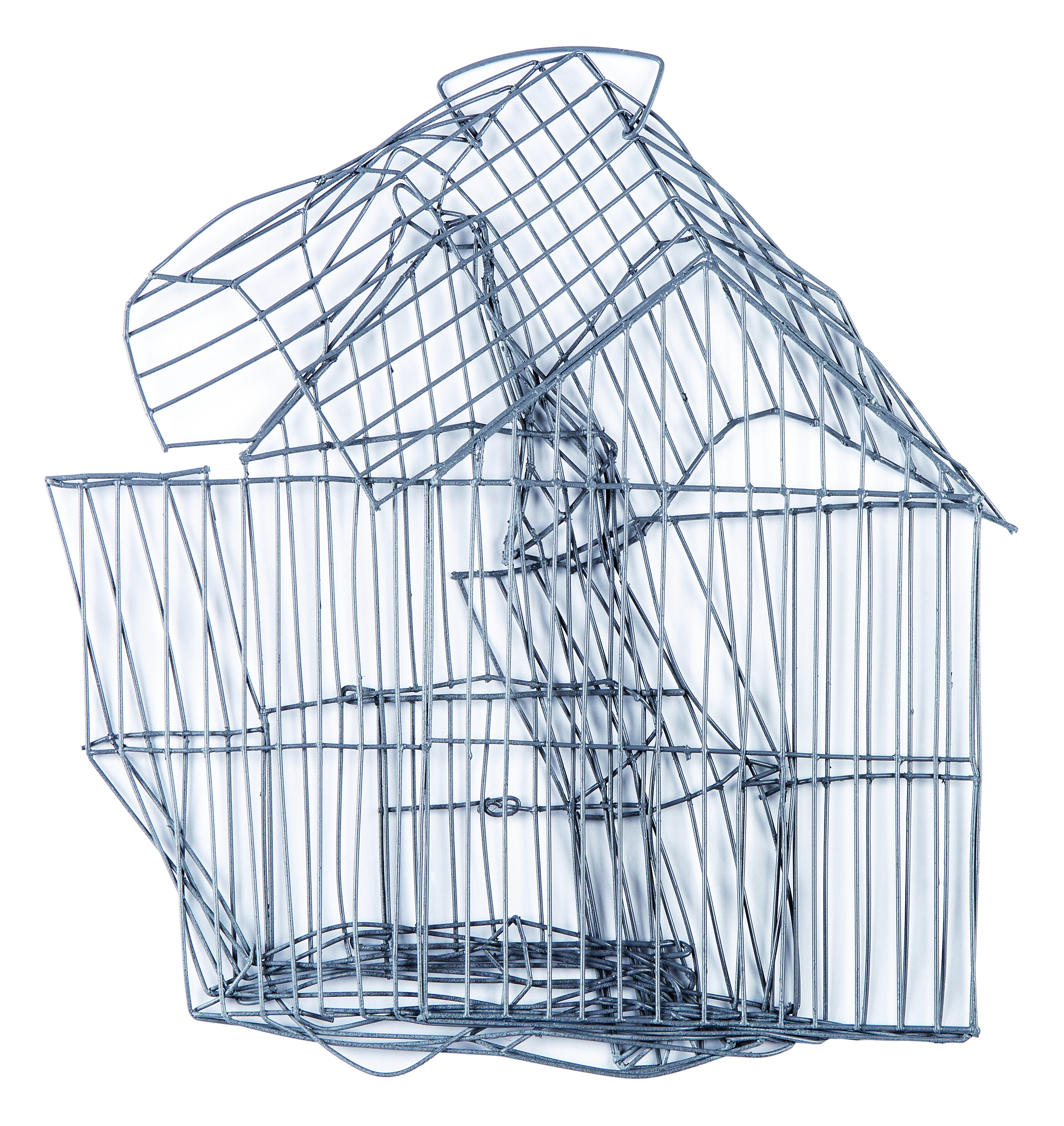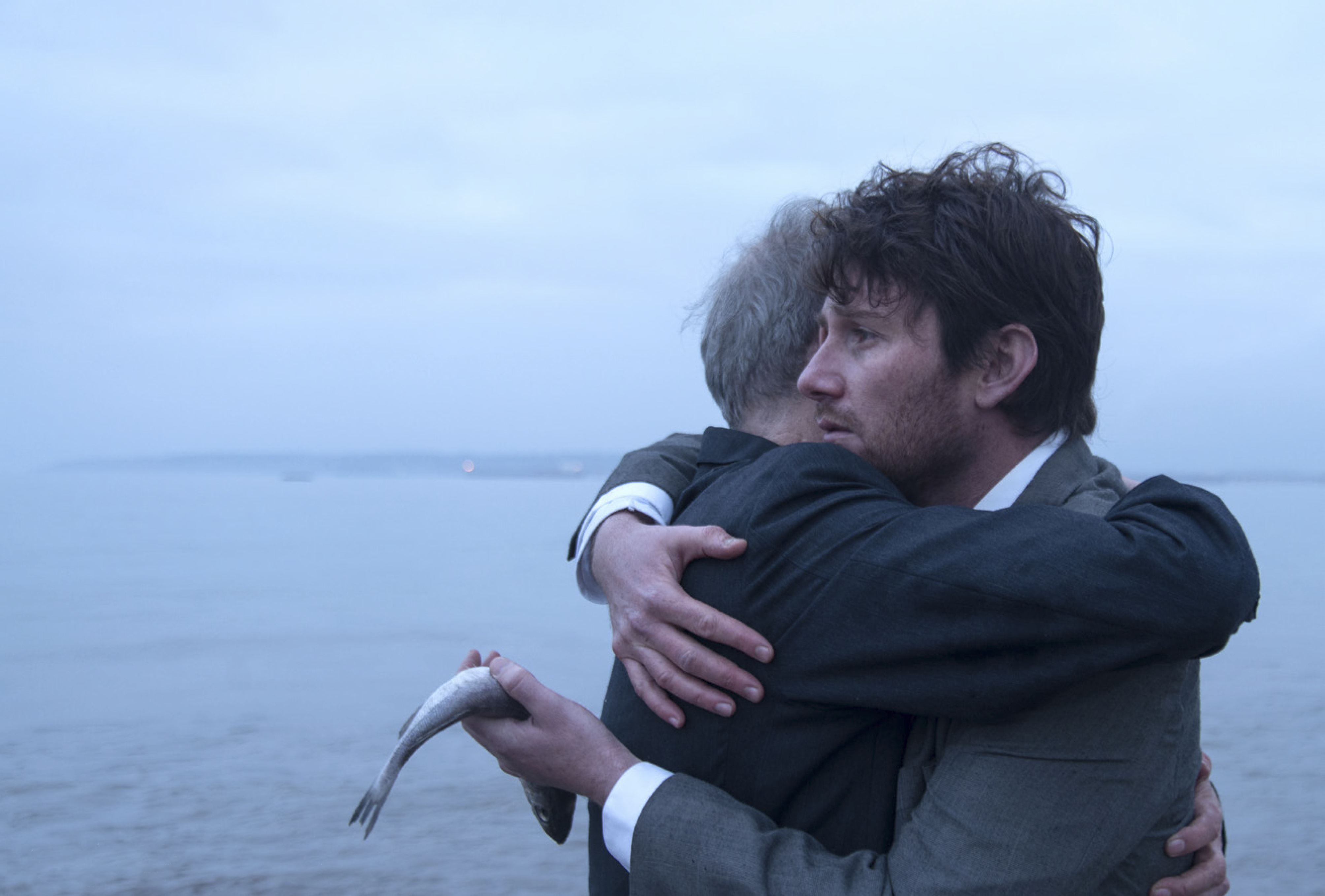Collateral
March 3–June 4, 2018
2 Sur 708
Centro Histórico
72000 Puebla Pue.
México
Hours: Monday, Wednesday–Friday and Sunday 10am–6pm
Saturday 10am–9pm
T +52 222 229 3850
difusion@museoamparo.com
Museo Amparo presents Collateral, an exhibition co-produced with Museo Universitario Arte Contemporáneo. This exhibition shows Okón’s distinctive infiltration policy, in which diverse groups and social formations—"border guardians," real estate agents working in the suburbs, defenders of small towns—perform and reinvent their own routines, intertwining them with fantasies and speculative delusions. The artist’s work mixes acted situations, documentation and improvisation, questioning the habitual perceptions of reality and truth, individuality and morality.
Yoshua Okón uses humor as a resource that, although severe and obscure, is aimed towards reflection. On the other hand, it consistently appropriates the languages of the culture of consumption to turn them around and against. That is, to guide them with a reflexive purpose: seduce with humor and with a partial pop language to generate a confrontation.
This exhibition, curated by John C. Welchman, examines 20 years of artistic production of Yoshua Okón in multiple media such as video, video installation, photography, and sculpture and is organized as a geographical spiral that unfolds from Mexico City, where he was born and has worked for the most of his career, with works like Bocanegra (2007) and Chocorrol (1997); and as far as Herzliya, in Israel, where the performance Gaza Stripper (2006) was presented.
Okón’s video installations are supplemented by figures of circulation and recycling and by a new public project, Flagging (2017), that foregrounds the making and signification of national emblems and corporate logos that have long interested Okón. The plexiglas pipes of HCl (2004) carry vomit from a bulimia clinic through and around the exhibition; while The Toilet (2016) delivers false glamour, demythologization, and a dose of flatulent bathos to the daily evacuations of the body. The circuits and symmetries represented by these works, animated by actions of pumping and siphoning, circling and flushing, reprise some of the key images in the artist’s videos: the manic roundabout motion of three white SUVs in Oracle (2015); marching to-and-fro in Chille (2009); the production line dolly shot and life-sapping routines featured in Canned Laughter (2009); geriatric jigs around a phantom totem pole in The Indian Project: Rebuilding History; and war-mongering ricochets across a Los Angeles Home Depot parking lot in Octopus (2011).
Yoshua Okón’s early works emphasized certain stagings of the self, often generated by social dysfunction and personality disorders, his practice during the last decade has conceived several projects with social organizations and groups politics. In the words of the artist, "I’m interested in how the spectator, by confronting the work and the ethical questions it raises, looks for the answers. I try to organize my work in such a way that it stimulates you to participate actively and creatively in order to define your own ethical and aesthetic positions."
The exhibition will remain open to the public until Monday, June 4, 2018.
Museo Amparo
Museo Amparo is a private institution founded in memory of Amparo Rugarcía de Espinosa Yglesias in 1991 by Manuel Espinosa Yglesias and his daughter Ángeles Espinosa Yglesias Rugarcía through Fundación Amparo with the commitment to preserve, research, display, and disclose Pre-Columbian, colonial, modern, and contemporary Mexican art. Currently, Museo Amparo displays its Pre-Columbian art collection, considered one of the most important in Mexico in a private institution. In addition to the collection of works of colonial, 19th and 20th century art, it has an ongoing program of Mexican and international temporary exhibitions as well as an intensive program of academic, artistic, educational, and ludic activities for all age groups.

